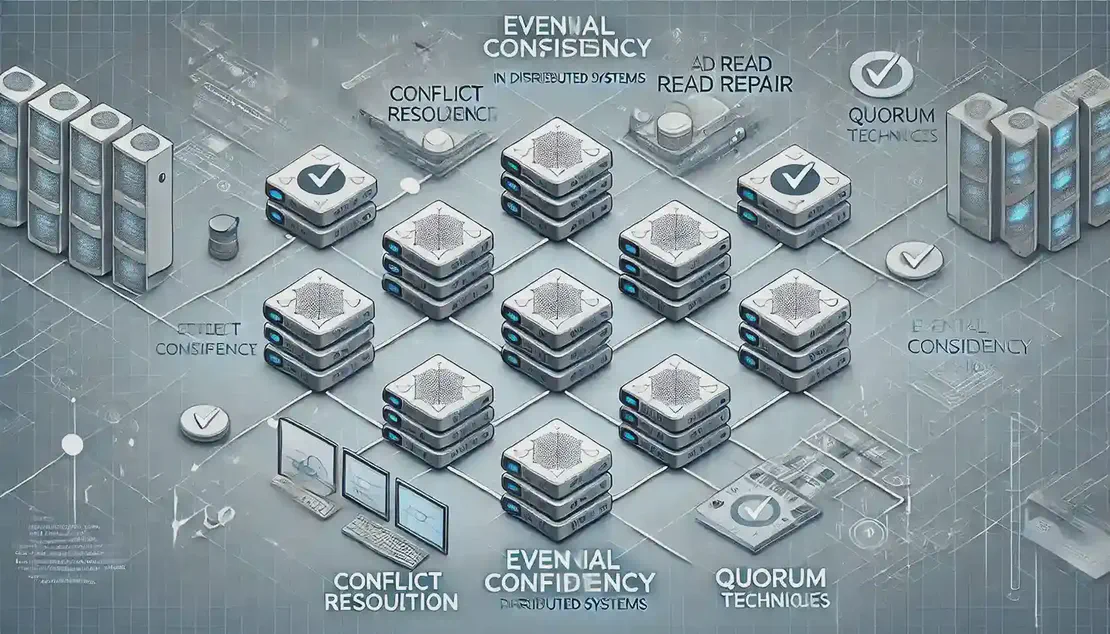
Distributed Tracing in Microservices Explained
- Vipul Kumar
- System design , Microservices , Observability , Distributedtracing
- November 20, 2024
Table of Contents
🔍 Definition — Distributed tracing is a method used to track and observe application requests as they move through distributed systems or microservice environments.
🛠️ Functionality — It involves assigning unique identifiers to requests, allowing developers to trace the path and performance of requests across multiple services.
📈 Benefits — Distributed tracing provides end-to-end visibility, helps in identifying bottlenecks, and improves troubleshooting by reducing mean time to resolution.
⚙️ Challenges — Implementing distributed tracing can be complex due to the need for instrumentation across services and managing the overhead of data collection.
🔧 Tools — Popular tools for distributed tracing include OpenTracing, Zipkin, Jaeger, and Spring Cloud Sleuth, which help in collecting and visualizing trace data.
How Distributed Tracing Works
🔗 Trace IDs — Each request is assigned a unique trace ID that helps track its journey across services.
📊 Spans — A trace is composed of spans, which represent individual units of work within the system, each with its own span ID.
🔄 Parent-Child Relationship — Spans have a hierarchical structure, showing the sequence of operations and their dependencies.
🖥️ Instrumentation — Services are instrumented to automatically generate and propagate trace and span IDs.
📈 Visualization — Tools like Zipkin and Jaeger provide visualizations such as flame graphs to help identify performance issues.
Benefits of Distributed Tracing
🚀 Faster Troubleshooting — Reduces mean time to resolution by quickly identifying the root cause of issues.
👥 Improved Collaboration — Helps teams understand service dependencies and coordinate more effectively.
🔍 Enhanced Observability — Provides detailed insights into request flows and system performance.
📉 Reduced Downtime — By identifying bottlenecks and errors, it minimizes service disruptions.
🔄 Flexibility — Can be integrated into various cloud-native environments and supports multiple programming languages.
Challenges in Implementation
🔧 Complexity — Requires significant effort to instrument and maintain across multiple services.
📊 Data Overhead — Collecting and storing trace data can lead to increased resource consumption.
🔍 Visibility Gaps — Ensuring complete coverage and visibility across all services can be challenging.
🛠️ Tool Integration — Integrating with existing monitoring and observability tools may require additional configuration.
🔄 Consistency — Maintaining consistent trace and span IDs across distributed systems is crucial for accurate tracking.
Follow me on: LinkedIn | WhatsApp | Medium | Dev.to | Github
